Code-along: Start building with Swift and SwiftUI
Want to learn the fundamentals of app development with Swift and SwiftUI?
I’ll be hosting a Meet with Apple online code-along session this Friday, November 14th at 10 a.m. PST!I’ll build an interactive interface for an iOS demo app in Xcode.
This session is great for anyone who wants to start developing apps for the Apple platforms.
Please register to attend:
https://lnkd.in/gVyAEdMv
Read more about our upcoming code-alongs:
https://lnkd.in/gKQzBmUv
You can watch it live on Youtube and Developer.apple.com beginning November, 14th, 2026 at 10am PST.
https://developer.apple.com/videos/play/meet-with-apple/237/
https://www.youtube.com/live/XapwQYZwmic
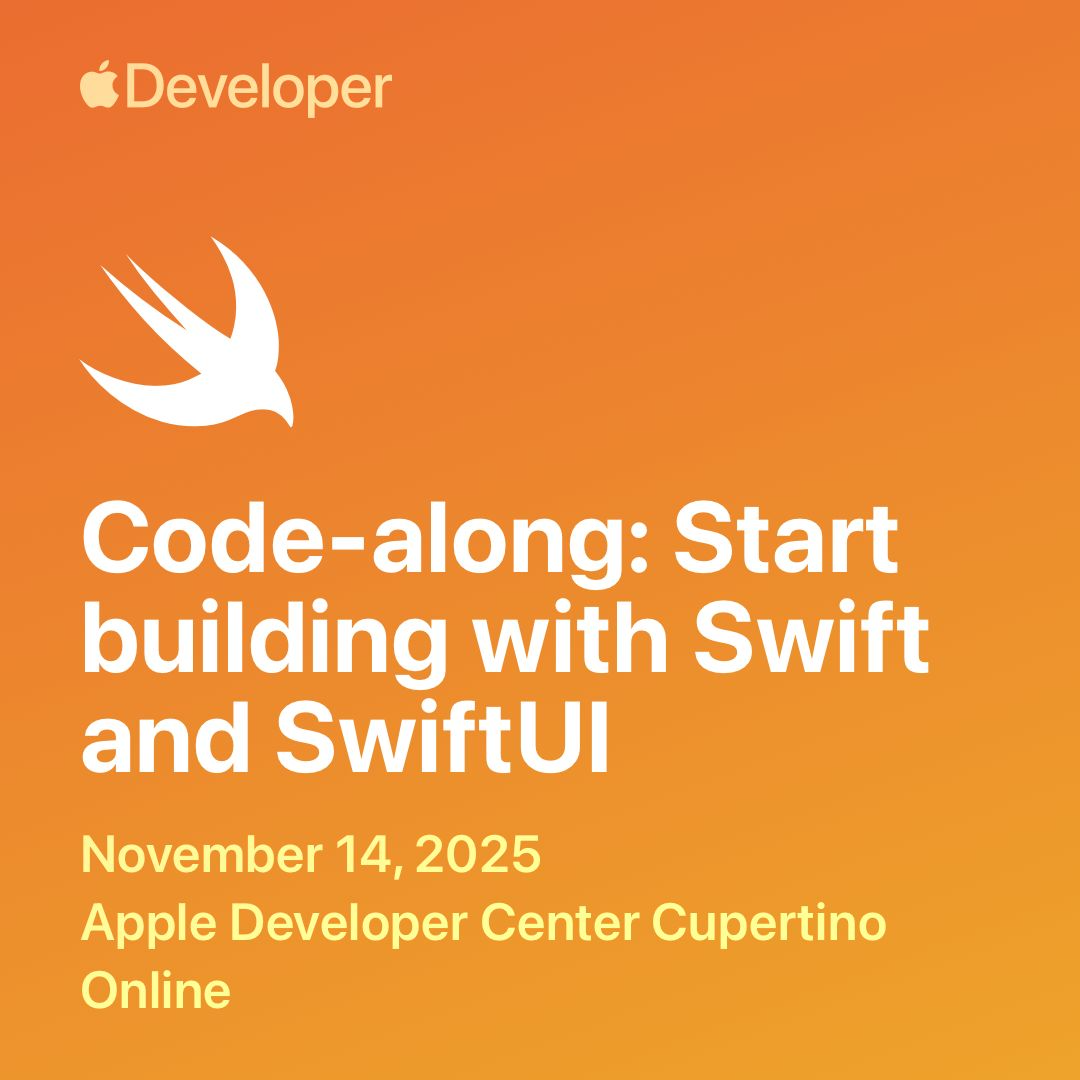
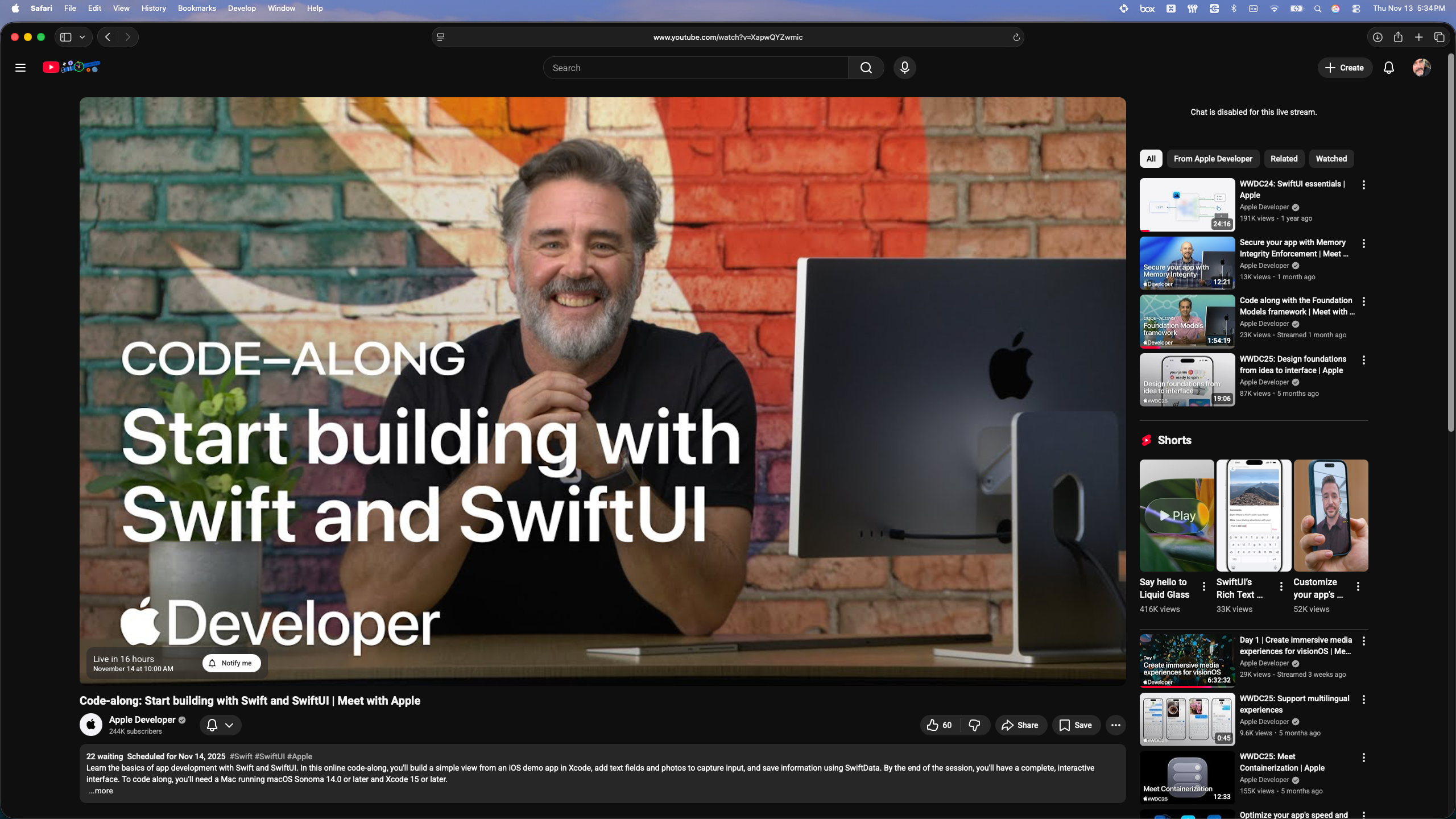
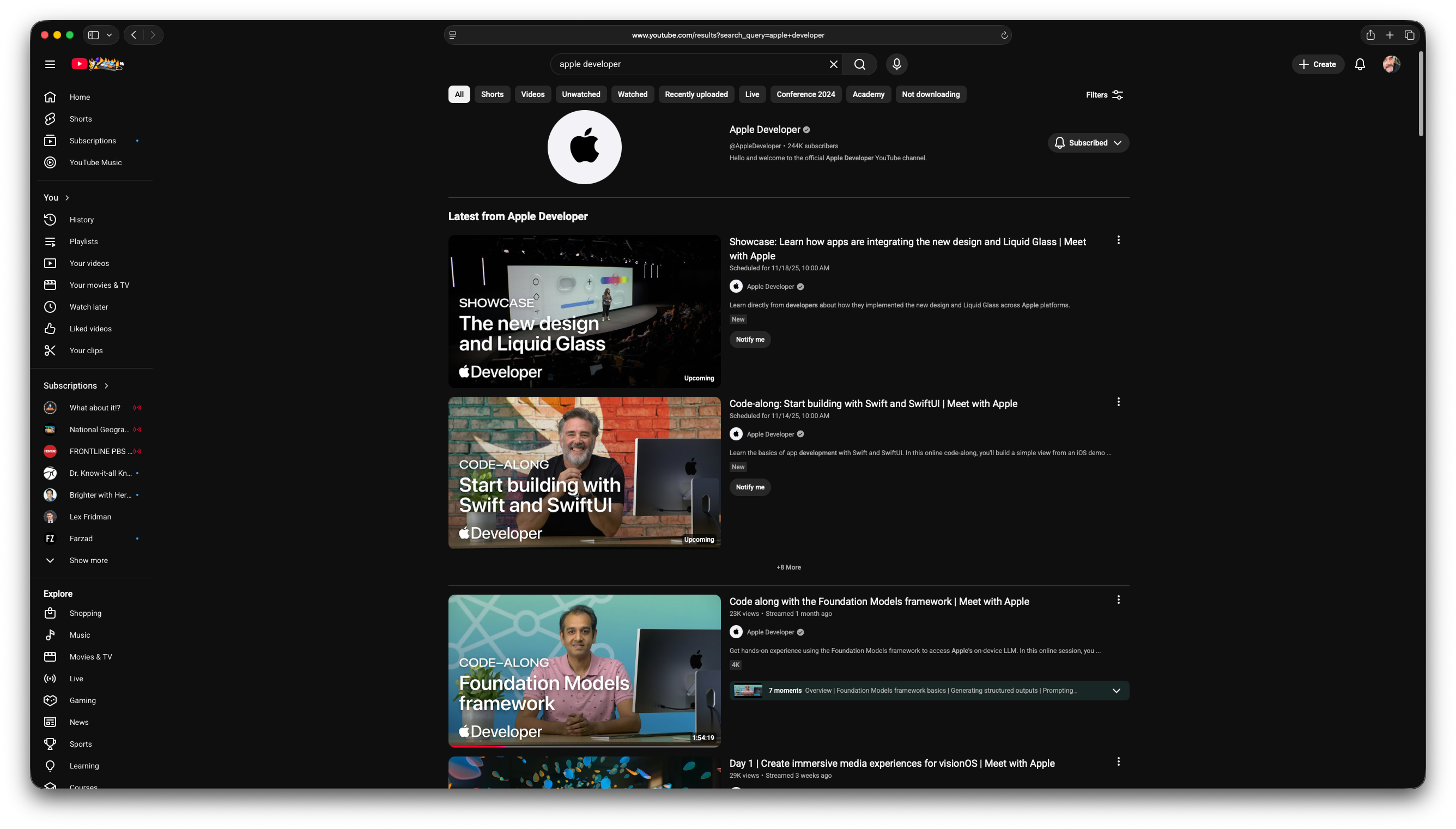
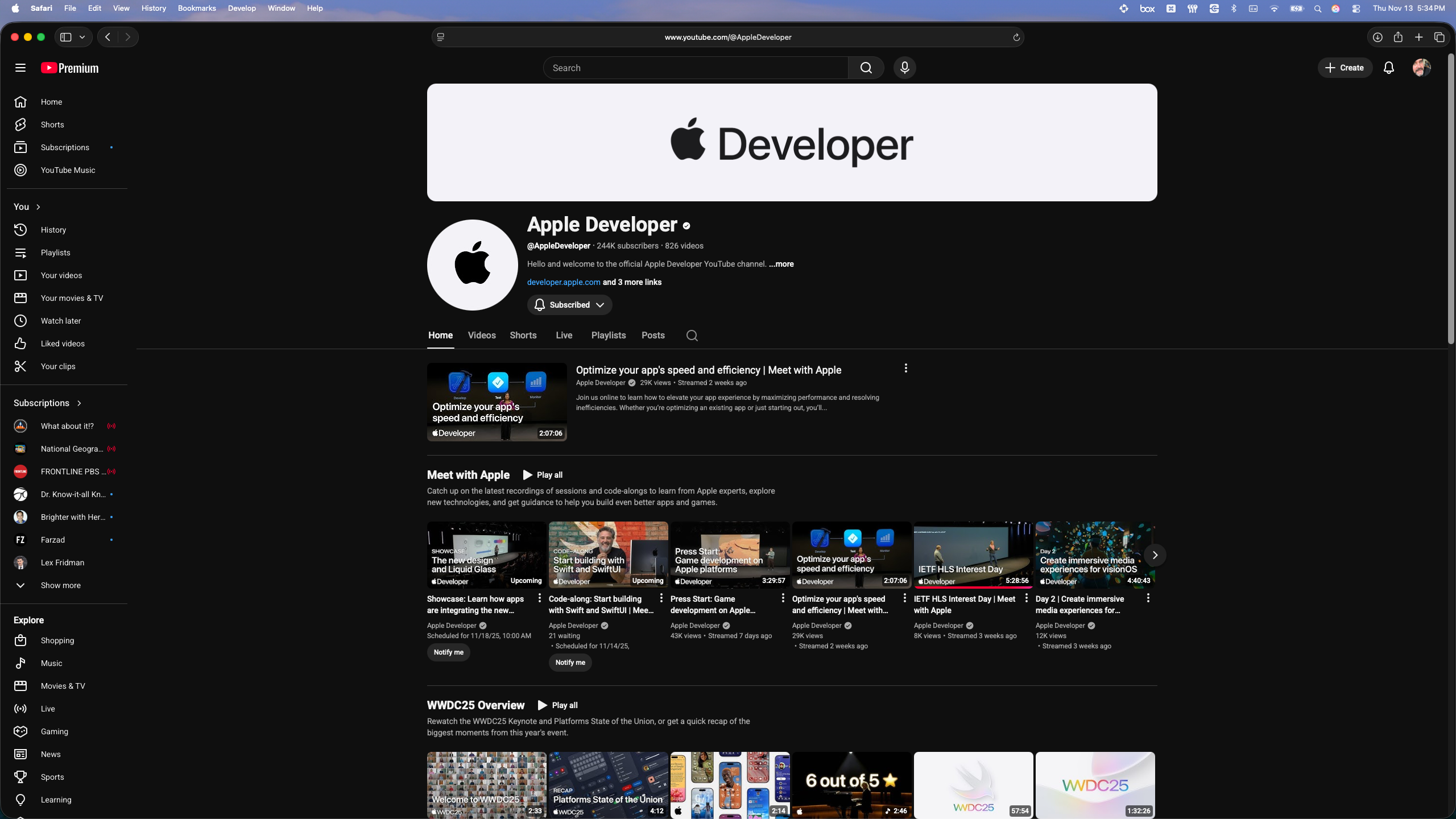
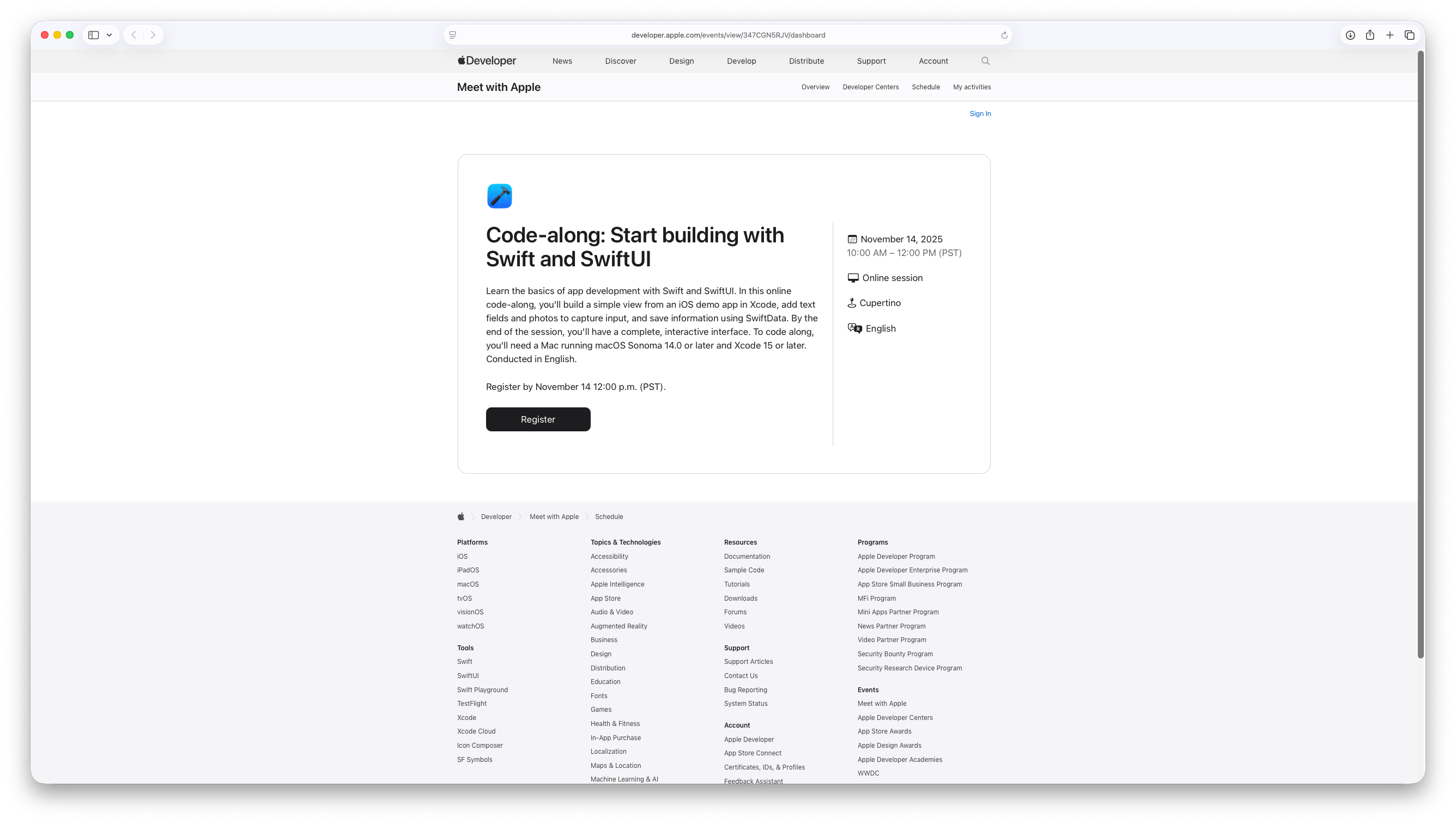
Excited to share my next chapter! 🚀
Instructional Designer – Code @ Apple
After 9 incredible years at LinkedIn — through wildfires, landslides, a pandemic, elections, org changes, and the rise of A.I. — I’m moving on to my next adventure.
It’s been an absolute pleasure working with such talented, kind, and dedicated colleagues. I’ll always be grateful for the experiences, growth, and friendships I’ve gained.
Couldn’t be more excited to contribute to a company that sparked my passion for coding and inspired me to dive into the world of education.
Excited to contribute to innovative learning experiences!
Photo credit: https://www.fosterandpartners.com/projects/apple-park

ChatGPT, draw me…

I’ve been pair programming the 2048 game with ChatGPT and it know I have a daschund and a Big Green Egg… not bad!
“The Quest for 131072”
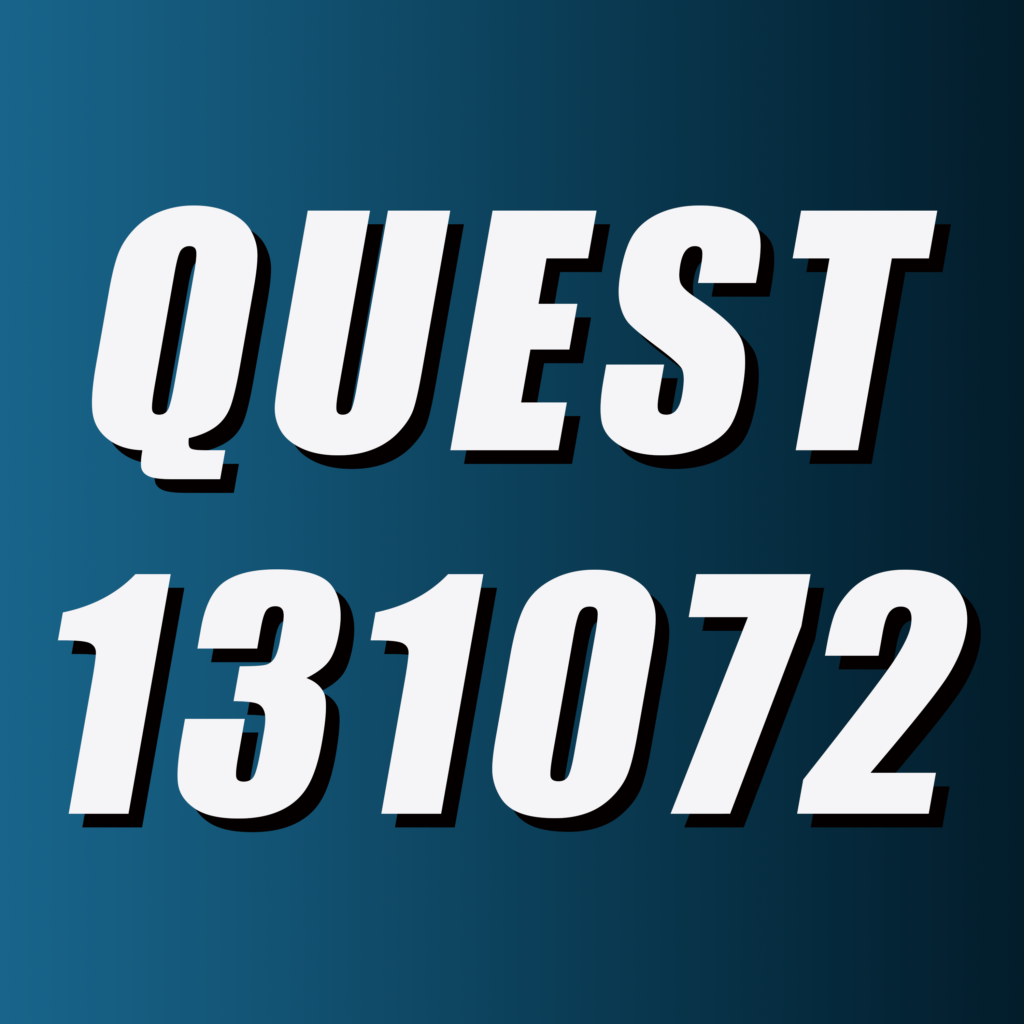
The “Speed 2048” was rebranded to “Quest 131072” since that was the initial goal, to be honest – to see how much time it would take to get to the perfect board, shown below.
Check out more on the dedicated page for it.
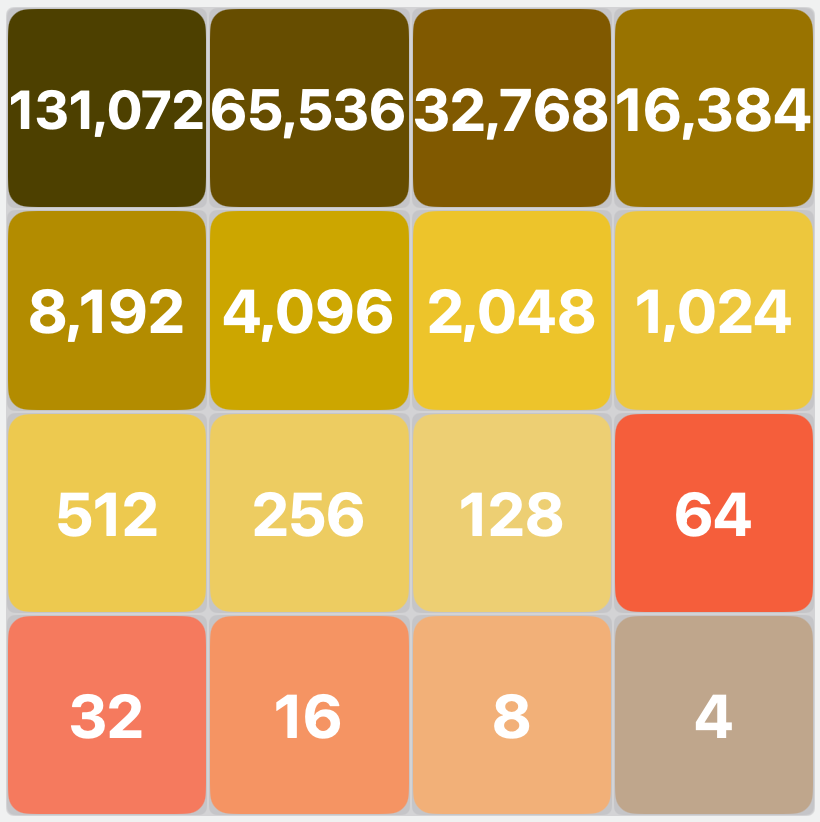
Speed2048
I got addicted to the 2048 game but was tired of having to watch adds, so I asked my AI tools to help me create a clone. I used ChatGPT to create the initial game, then GitHub Copilot to help me optimize the code, and then Grok for fast questions and smaller bits of code I needed along the way.
Soon it will be in the app store! Check out the website:

Google NotebookLM test: Podcasts about me…
AI can now generate a podcast based on documents and websites you feed it.
I ran it once with only my resume and then another time with it reading this website as well.
Resume only:
Resume + this website:
and I just couldn’t stop with the ego boosting!!
My blog:
“Tech Concierge Services”
Fundamentos da Programação – Programming Fundamentals
Quer aprender a programar? do Fundamentos da Programação de Lucas Longo e Simon Allardice
Paragliding
So this is my new hobby… paragaliding… started in December and trying to fly every weekend.
I will be placing the content in these following places:
Photos: https://goo.gl/photos/iyvYPfaYcHSVGzfn6
Videos: https://www.youtube.com/playlist?list=PLdlAMgiuN7X3iLgtu1yQv0V9YXgXZcMyr
Flight Tracks: http://doarama.com/user/36355
Stay tuned!
Back to Blogging
So I basically stopped blogging once I graduated, started my job search, and found one! Now working at Lynda.com, a LinkedIn company, subsidiary of Microsoft, as a Technology Content Producer. Basically I work as an Instructional Designer helping our subject matter experts craft their course into online training. We start with helping them structure their table of contents, author their scripts, create their slides, and ultimately come out to record the cours in our ‘mini-hollywood’.
Loving the job, the people, and the corporate culture 🙂